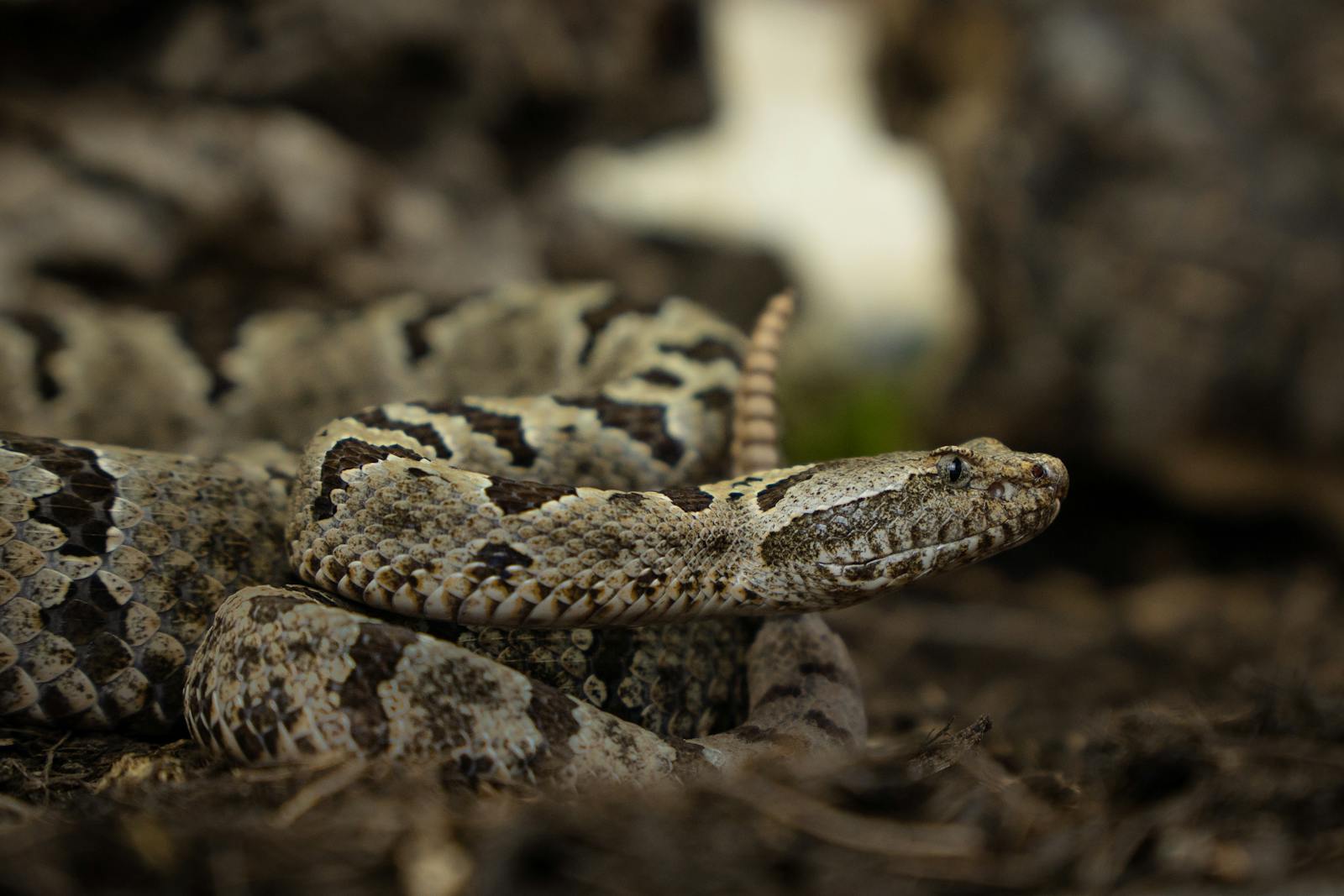When we think of venomous snakes, our minds often drift to exotic species like the black mamba of Africa or the inland taipan of Australia. However, the United States hosts its own collection of venomous serpents, including one species whose toxicity surpasses all others on American soil. The Eastern Diamondback Rattlesnake (Crotalus adamanteus) holds the title for the most potent venom of any snake in the United States. This formidable reptile combines impressive size, distinctive appearance, and deadly biochemistry, making it a subject of both scientific interest and justified caution among those who share its habitat.
The Eastern Diamondback: America’s Venom Champion
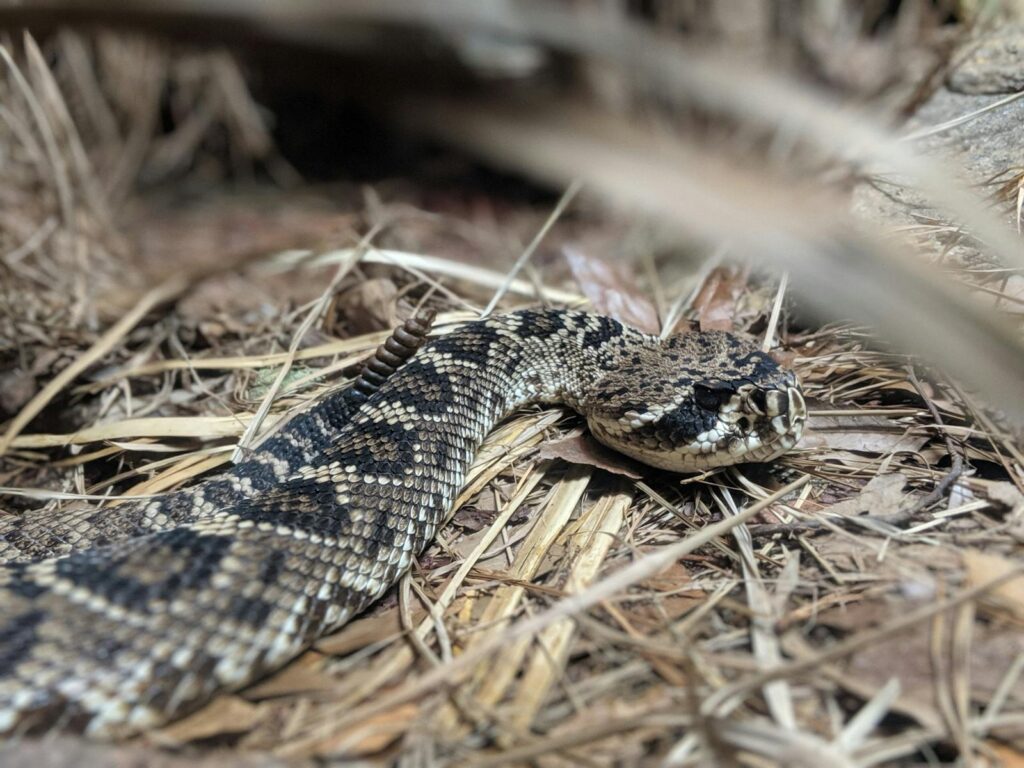
The Eastern Diamondback Rattlesnake stands as the undisputed venom champion among United States snake species. Native to the southeastern coastal plains, this pit viper delivers not only the most potent venom but also the largest quantity of any rattlesnake in North America. A single bite can inject up to 450mg of venom, with only 100-150mg being potentially fatal to an adult human. Its hemotoxic venom destroys tissue and disrupts blood clotting, creating a dangerous combination that can lead to severe tissue damage, internal bleeding, and without proper medical treatment, death. The Eastern Diamondback’s status as America’s most venomous snake is not merely about toxicity but also about the sheer volume of venom it can deploy.
Physical Characteristics and Identification
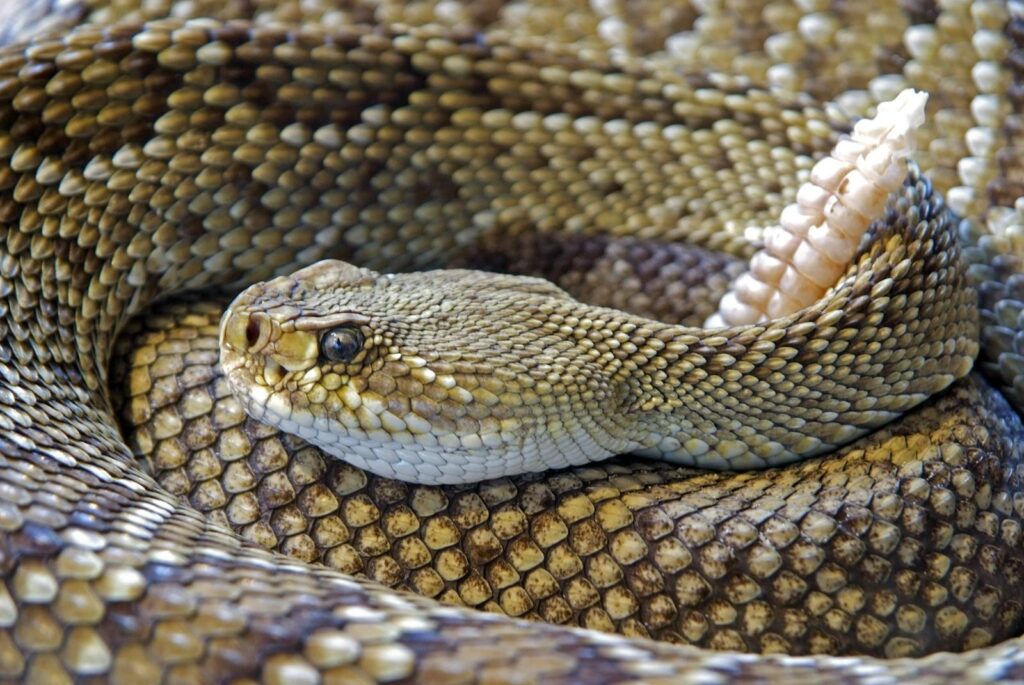
The Eastern Diamondback possesses unmistakable physical features that aid in its identification. As the largest rattlesnake species, adults typically measure between 3.5 to 5.5 feet, with exceptional specimens reaching over 7 feet in length. Their most distinctive feature is the pattern of dark diamond-shaped markings outlined in cream or yellow that run along their brown or olive-colored back. The head is broad and triangular, clearly distinct from the neck, with a characteristic dark stripe running from each eye to the corner of the mouth. The tail ends with the famous rattle—a series of interlocking keratin segments that create the warning sound when vibrated, serving as this snake’s signature warning system to potential threats.
Habitat and Geographic Range
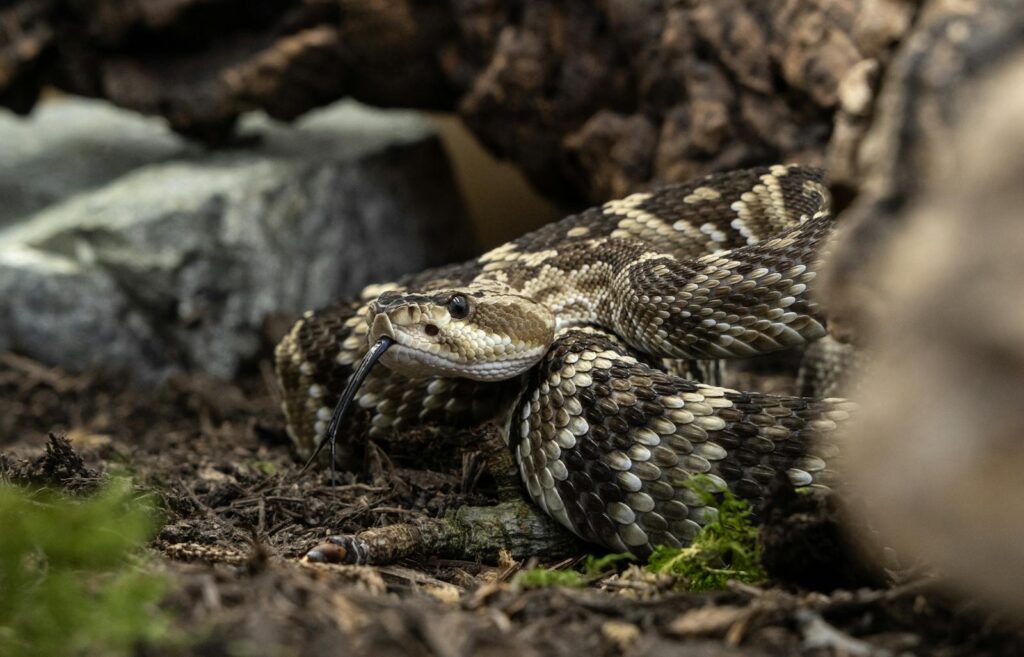
The Eastern Diamondback Rattlesnake occupies a specific geographic range within the southeastern United States. These snakes are primarily found in Florida, southern Georgia, Alabama, Mississippi, and parts of North and South Carolina, preferring coastal lowlands and dry pine forests. They thrive in palmetto flatwoods, longleaf pine habitats, coastal dunes, and abandoned farmland with sufficient ground cover. Unlike many other snake species, Eastern Diamondbacks often use gopher tortoise burrows as shelter, particularly during extreme weather conditions. Their range has diminished significantly over the past century due to habitat destruction and deliberate killing, with populations now fragmented throughout their historic range.
Venom Composition and Effects
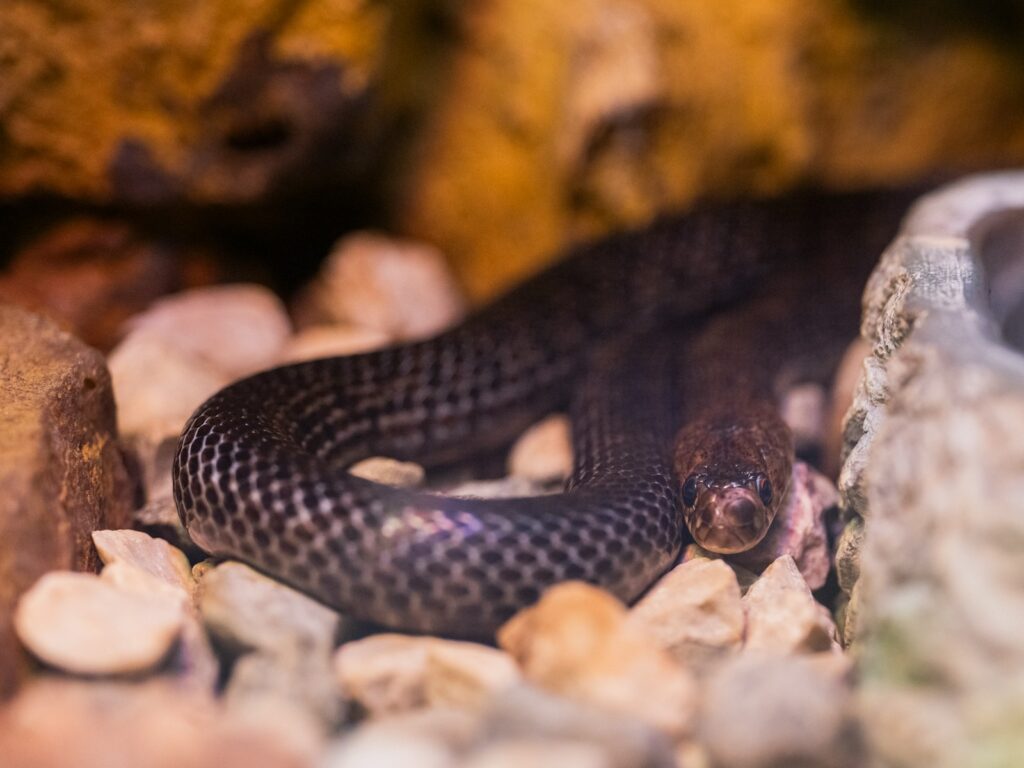
The venom of the Eastern Diamondback Rattlesnake is a complex cocktail of proteins and enzymes primarily classified as hemotoxic. This potent mixture contains phospholipases, metalloproteinases, and various other enzymes that break down tissue and disrupt normal blood functions. When injected, the venom begins breaking down blood vessels and tissue, preventing blood from clotting properly and leading to severe internal bleeding. Victims may experience immediate pain, progressive swelling, ecchymosis (discoloration from bleeding beneath the skin), and in severe cases, compartment syndrome where pressure builds within muscle compartments. Without prompt medical intervention, the venom can cause permanent tissue damage, loss of limbs, and potentially fatal systemic effects including kidney failure and cardiovascular collapse.
Hunting and Feeding Behavior
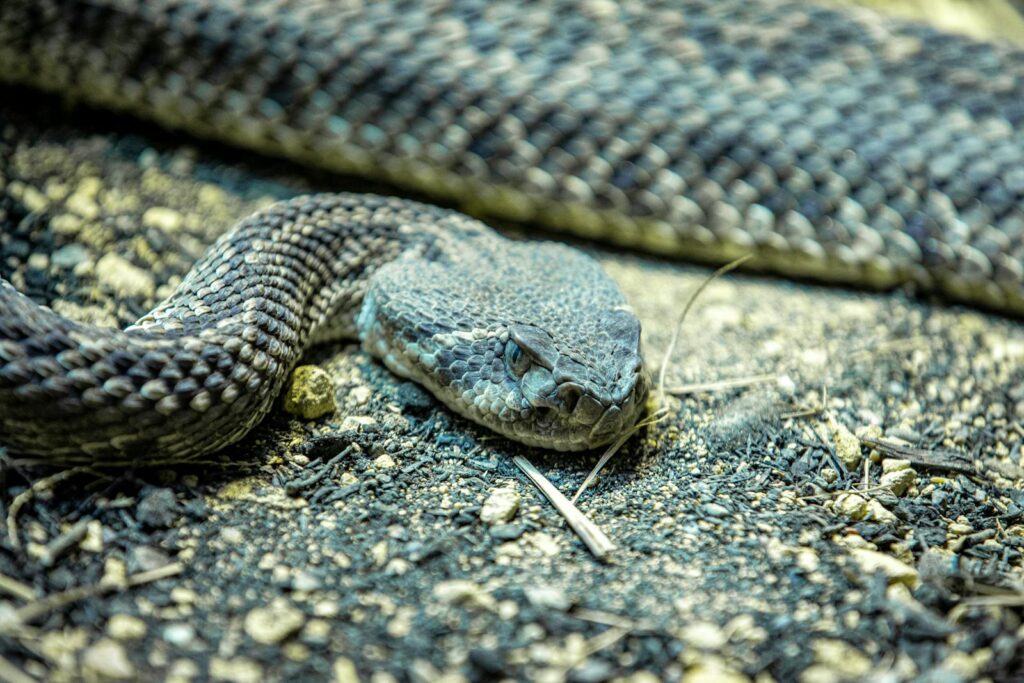
The Eastern Diamondback employs sophisticated hunting strategies that leverage its venomous capabilities. As ambush predators, these rattlesnakes often position themselves along small mammal trails, remaining motionless for extended periods while waiting for prey. They use specialized heat-sensing pits between their eyes and nostrils to detect the infrared radiation emitted by warm-blooded prey, allowing them to strike with precision even in complete darkness. After delivering a venomous bite, the rattlesnake typically releases its prey and tracks it until the venom takes effect, using its keen sense of smell to locate the fallen animal. Their diet consists primarily of rabbits, squirrels, rats, mice, and occasionally ground-nesting birds, with the powerful venom ensuring that prey rarely escapes after being bitten.
Defensive Behavior and Warning Systems

Despite their fearsome reputation, Eastern Diamondbacks prefer avoidance over confrontation when dealing with humans and potential predators. When threatened, they employ a progressive series of warning behaviors starting with freezing in place, hoping to remain undetected. If the threat persists, they coil their body, raise their head, and vibrate their iconic rattle—a clear acoustic warning that can be heard from several yards away. This distinctive rattling sound has evolved as an effective deterrent, allowing the snake to avoid unnecessary conflicts and conserve valuable venom. Only when these warnings fail and the snake feels directly threatened will it strike, typically maintaining a defensive posture that allows it to quickly deliver multiple strikes if necessary. Their reluctance to engage emphasizes that most bites occur when humans accidentally step on or deliberately provoke these reptiles.
Snakebite Incidents and Statistics

Snakebite incidents involving Eastern Diamondbacks, while serious, are relatively rare compared to the snake’s distribution. Each year, approximately 7,000-8,000 venomous snakebites occur in the United States, with Eastern Diamondback bites accounting for only a small percentage of these cases. However, due to the potency of their venom, these bites are disproportionately represented in severe outcomes and fatalities. Most encounters occur during spring and summer months when both snake and human activity increases outdoors. The demographic most affected includes males between the ages of 17 and 27, often in situations involving alcohol consumption or deliberate interaction with the snake. When properly and promptly treated with antivenom, the mortality rate for Eastern Diamondback bites has dropped significantly, now standing at less than 1% of documented cases.
Medical Treatment for Eastern Diamondback Bites
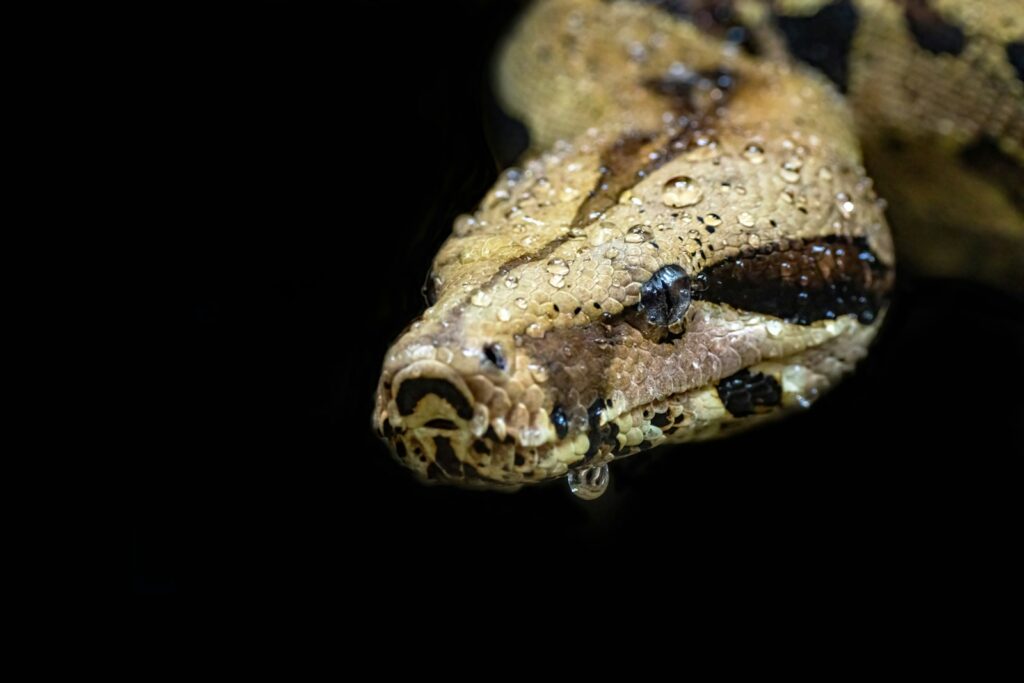
Medical treatment for Eastern Diamondback envenomation follows a standardized protocol designed to counteract the venom’s severe effects. Immediate transport to a medical facility capable of administering CroFab (Crotalidae Polyvalent Immune Fab), the antivenom used for North American pit viper bites, is critical. Treatment typically begins with an initial dose of 4-6 vials of antivenom, with additional vials administered based on the patient’s clinical response. Supportive care includes intravenous fluids, pain management, wound care, and close monitoring of vital signs and coagulation parameters. Compartment syndrome, where swelling creates dangerous pressure within muscle compartments, may require surgical intervention called fasciotomy to release pressure and preserve tissue. Even with optimal treatment, recovery can be prolonged, with some patients experiencing lasting effects such as permanent tissue damage, reduced limb function, or psychological trauma from the encounter.
Conservation Status and Threats
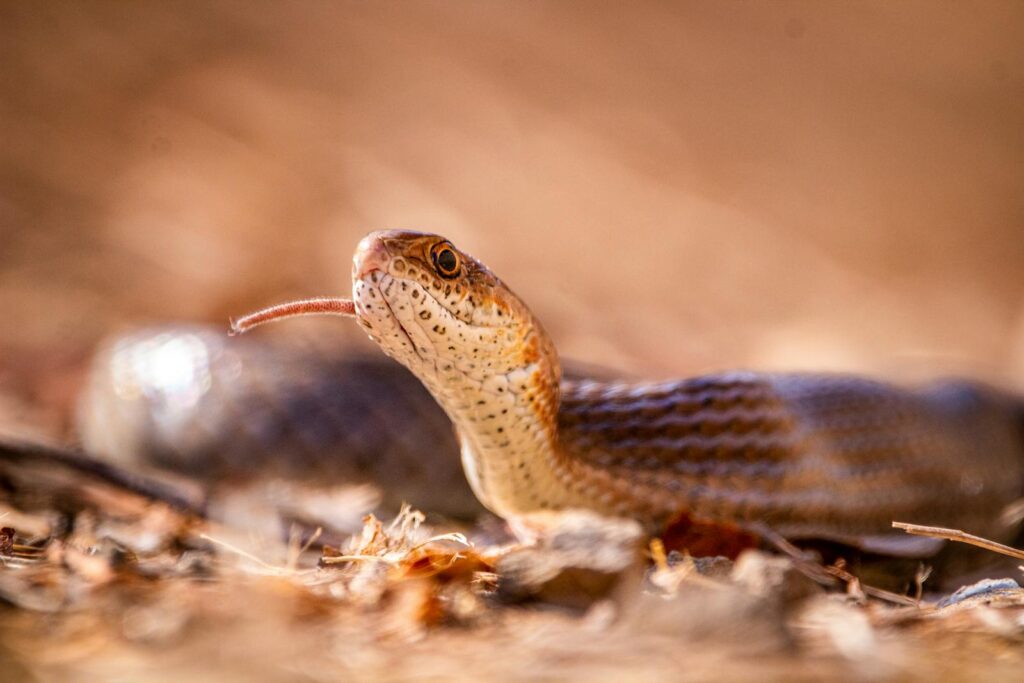
The Eastern Diamondback Rattlesnake faces numerous conservation challenges that have resulted in population declines throughout its range. Habitat loss represents the most significant threat, with development, agriculture, and timber harvesting fragmenting and eliminating the longleaf pine ecosystems these snakes depend upon. Deliberate persecution, often driven by fear or misconceptions, has further reduced populations, with rattlesnake roundups—events where snakes are collected and killed—particularly damaging to local populations. Vehicle strikes on roads that bisect their habitat contribute additional mortality. These factors have led to the Eastern Diamondback being classified as “Near Threatened” on the IUCN Red List, with some conservation biologists advocating for stronger protection measures before populations decline further. Several states now have regulations limiting collection and harvest, though comprehensive protection remains elusive.
Ecological Importance
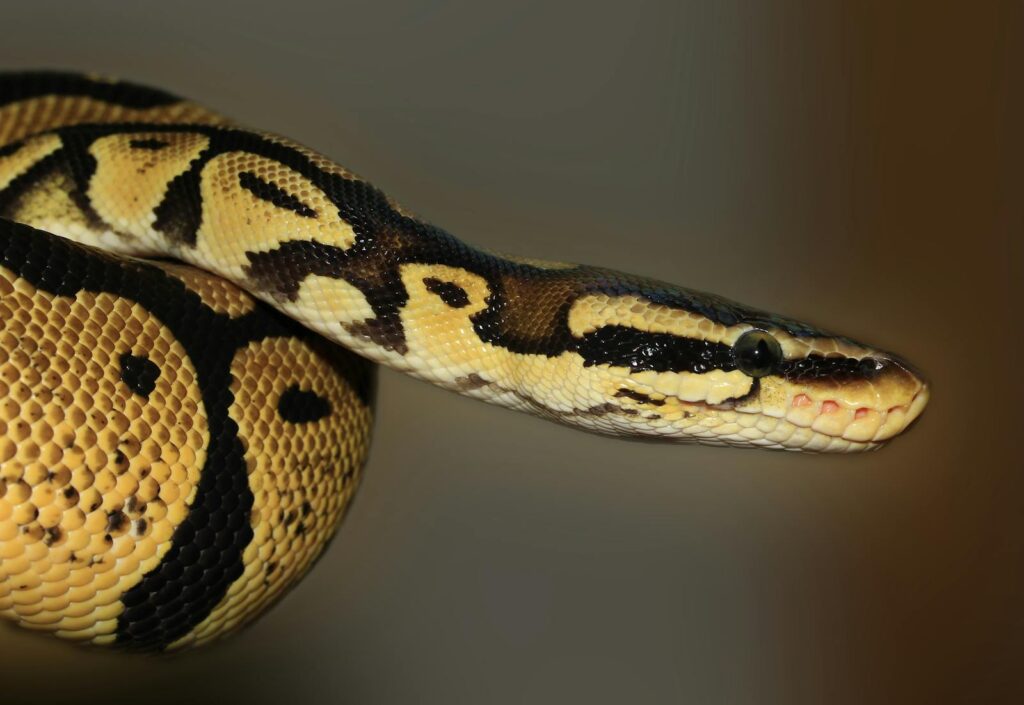
Despite their fearsome reputation, Eastern Diamondback Rattlesnakes fulfill crucial ecological roles within their native habitats. As predators, they help control populations of small mammals, particularly rodents that can damage crops and spread disease. Their presence creates ripple effects throughout the ecosystem, influencing everything from vegetation patterns to populations of other predators. The snake’s use of gopher tortoise burrows highlights their interconnectedness with other threatened species, creating a network of ecological relationships. Additionally, snake venom continues to provide valuable compounds for medical research, with components from rattlesnake venom being studied for potential treatments for conditions ranging from heart disease to cancer. This ecological and scientific importance stands in stark contrast to the snake’s often negative portrayal in popular culture.
Myths and Misconceptions
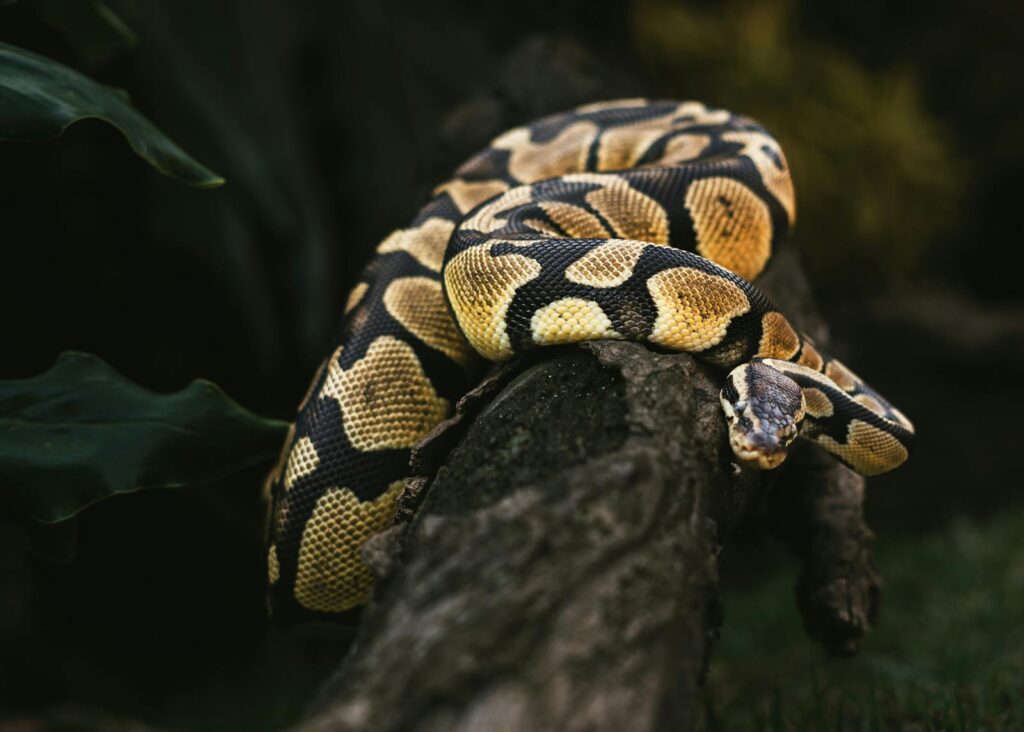
Numerous myths and misconceptions surround the Eastern Diamondback, often exaggerating its aggressive nature or venom potency. Perhaps the most prevalent myth is that these snakes will chase humans, when in reality, they almost always attempt to escape rather than pursue perceived threats. Another common misconception is that juvenile rattlesnakes are more dangerous than adults because they cannot control their venom output—research shows that while juveniles may lack perfect control, adults deliver far more venom and cause more severe envenomations. Some believe that sucking venom from a bite wound is an effective first aid measure, though medical experts universally reject this dangerous practice. Even the belief that all rattlesnakes must rattle before striking is incorrect, as these snakes may strike without warning if suddenly surprised or threatened. These misconceptions contribute to unnecessary fear and persecution of a species that generally avoids human contact.
Comparison with Other U.S. Venomous Snakes
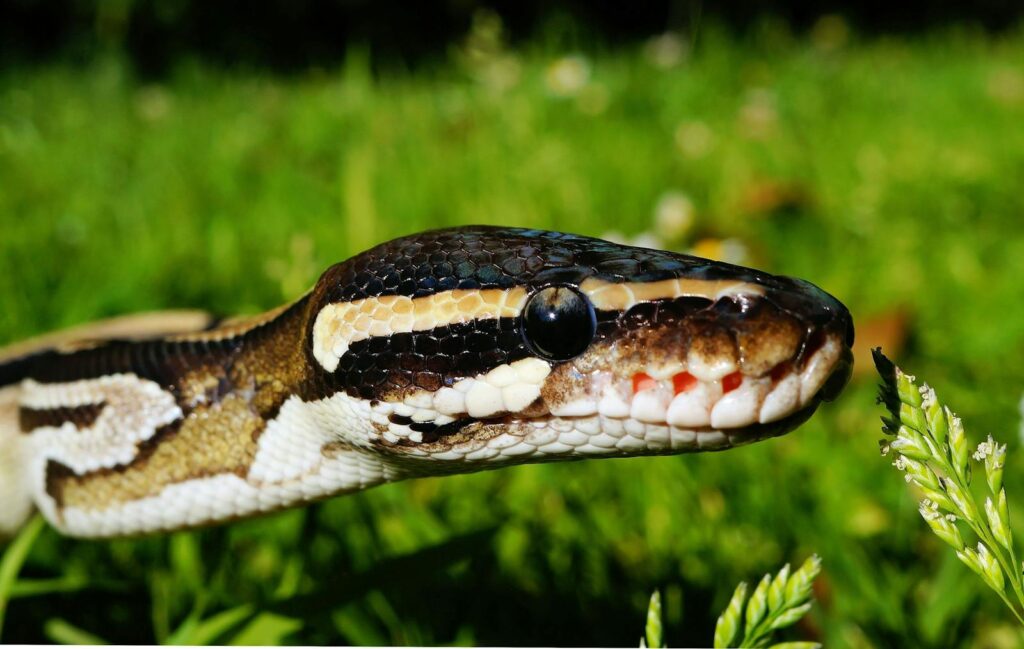
When compared with other venomous snakes in the United States, the Eastern Diamondback stands apart in several key aspects. While the Mojave Rattlesnake (Crotalus scutulatus) possesses venom with higher toxicity per milligram, the Eastern Diamondback delivers substantially larger venom volumes, making its bites potentially more dangerous overall. The Timber Rattlesnake (Crotalus horridus) shares a similar hemotoxic venom profile but typically delivers less venom and causes less severe envenomations. Coral snakes (Micrurus species) possess highly potent neurotoxic venom but have a less efficient delivery system and rarely bite humans due to their reclusive nature and reluctance to bite. The Cottonmouth (Agkistrodon piscivorus) and Copperhead (Agkistrodon contortrix), while responsible for more bites annually, have significantly less potent venom and rarely cause fatalities. This comparison highlights why the Eastern Diamondback, with its combination of venom potency, volume, and delivery efficiency, earns its reputation as America’s most venomous snake.
Respect and Coexistence
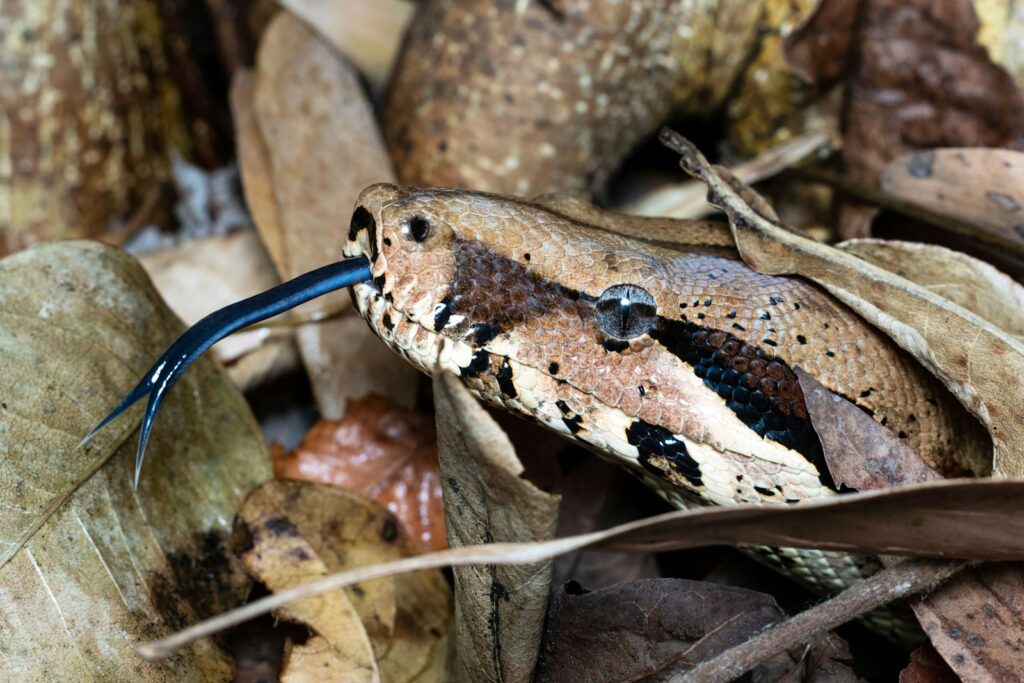
Learning to coexist with Eastern Diamondback Rattlesnakes requires education, awareness, and practical precautions. When hiking or working in their habitat, wearing appropriate footwear and long pants provides basic protection, while using a walking stick to probe areas ahead can alert snakes to human presence before close encounters occur. Maintaining awareness of surroundings, particularly when reaching into brush or stepping over logs, significantly reduces bite risk. For homeowners in rattlesnake country, keeping yards well-maintained with minimal debris and implementing snake-proof fencing can discourage rattlesnakes from taking up residence. If a rattlesnake is encountered, the safest response is to remain calm, give the snake space, and allow it to retreat. Professional removal services can safely relocate snakes that pose immediate risks to humans. These precautions allow for peaceful coexistence with these important but potentially dangerous reptiles.
Conclusion

The Eastern Diamondback Rattlesnake holds a unique position in American natural history as the snake with the most potent venom in the United States. While its powerful toxins and impressive size make it a formidable predator, this snake is not the monster of popular imagination but rather a sophisticated animal adapted perfectly to its ecological niche. Its declining populations remind us that even feared creatures play vital roles in healthy ecosystems. With proper education, respect, and precautions, humans can safely share landscapes with these remarkable reptiles, appreciating them from a distance while acknowledging their right to exist in their native habitats. The Eastern Diamondback’s story is ultimately one of respect—respect for its power, its ecological importance, and the wild spaces it calls home.

